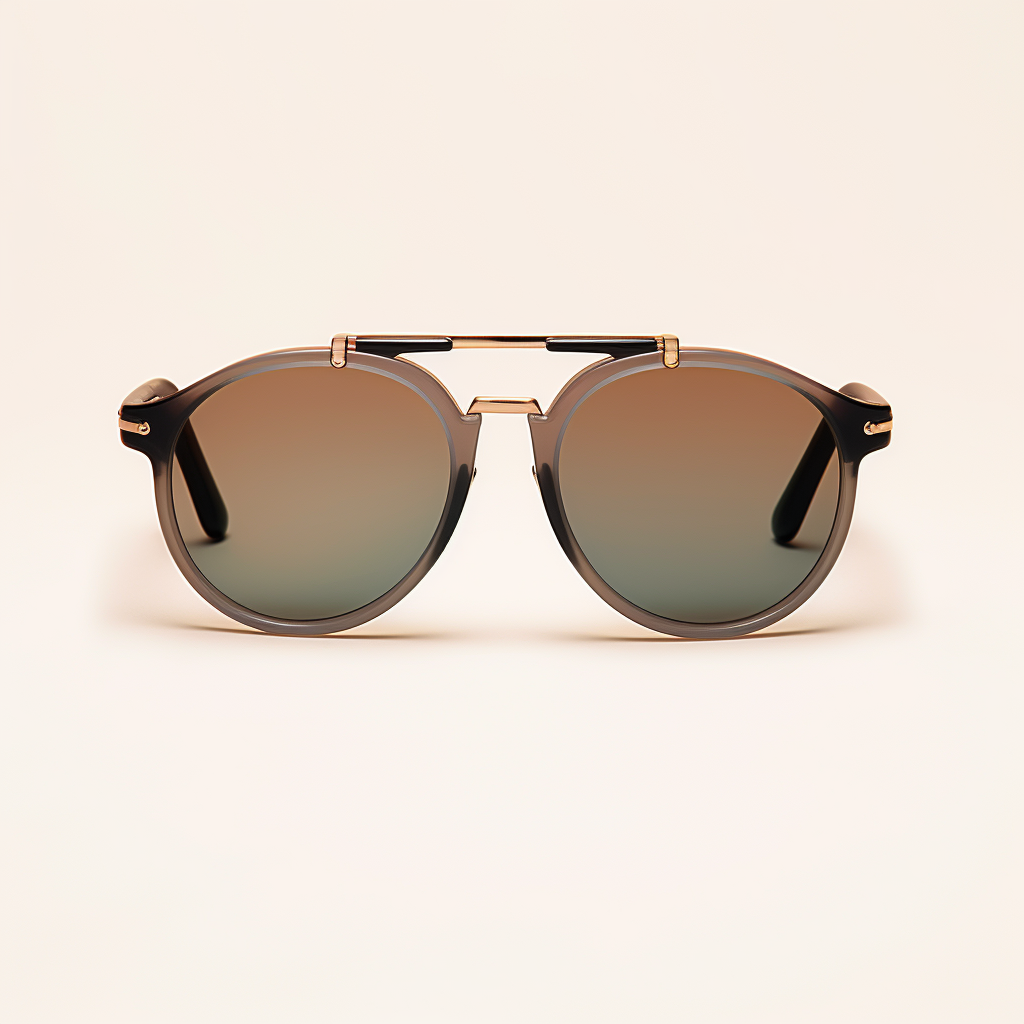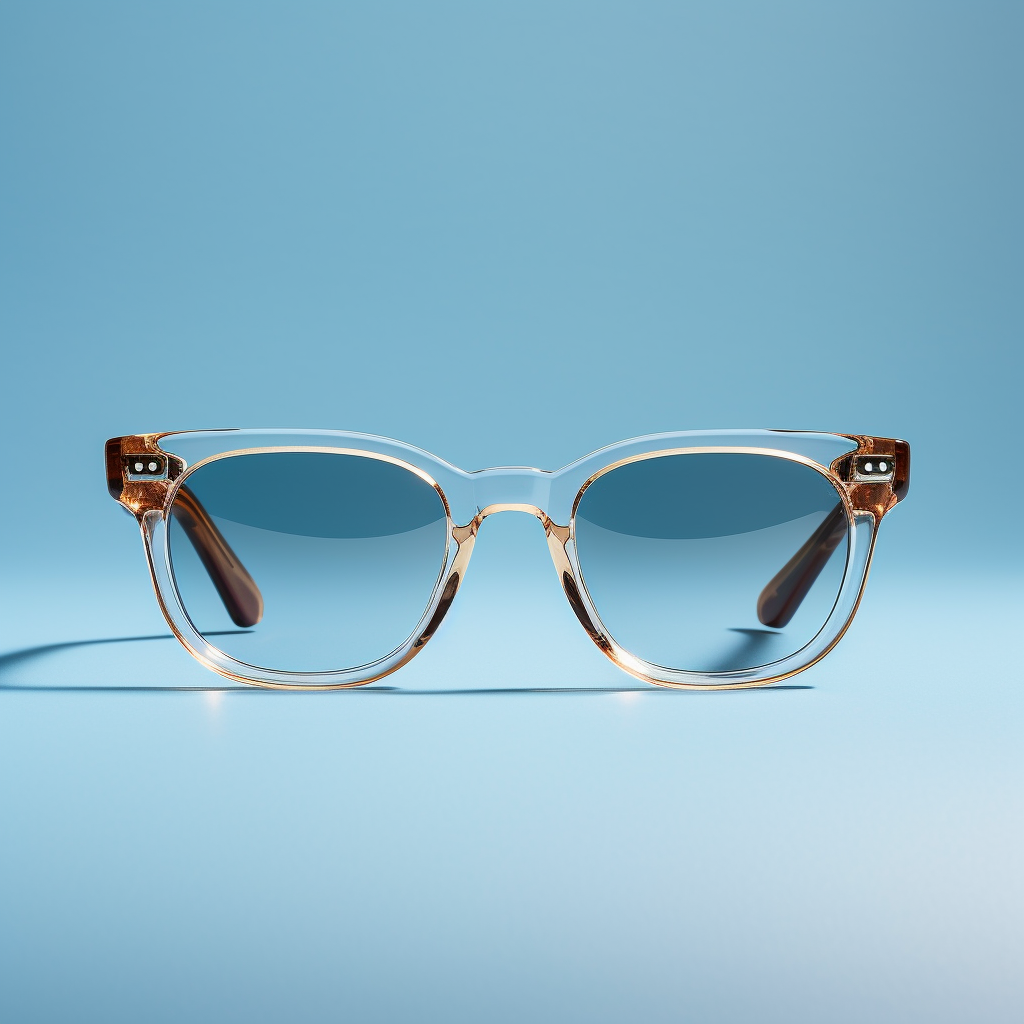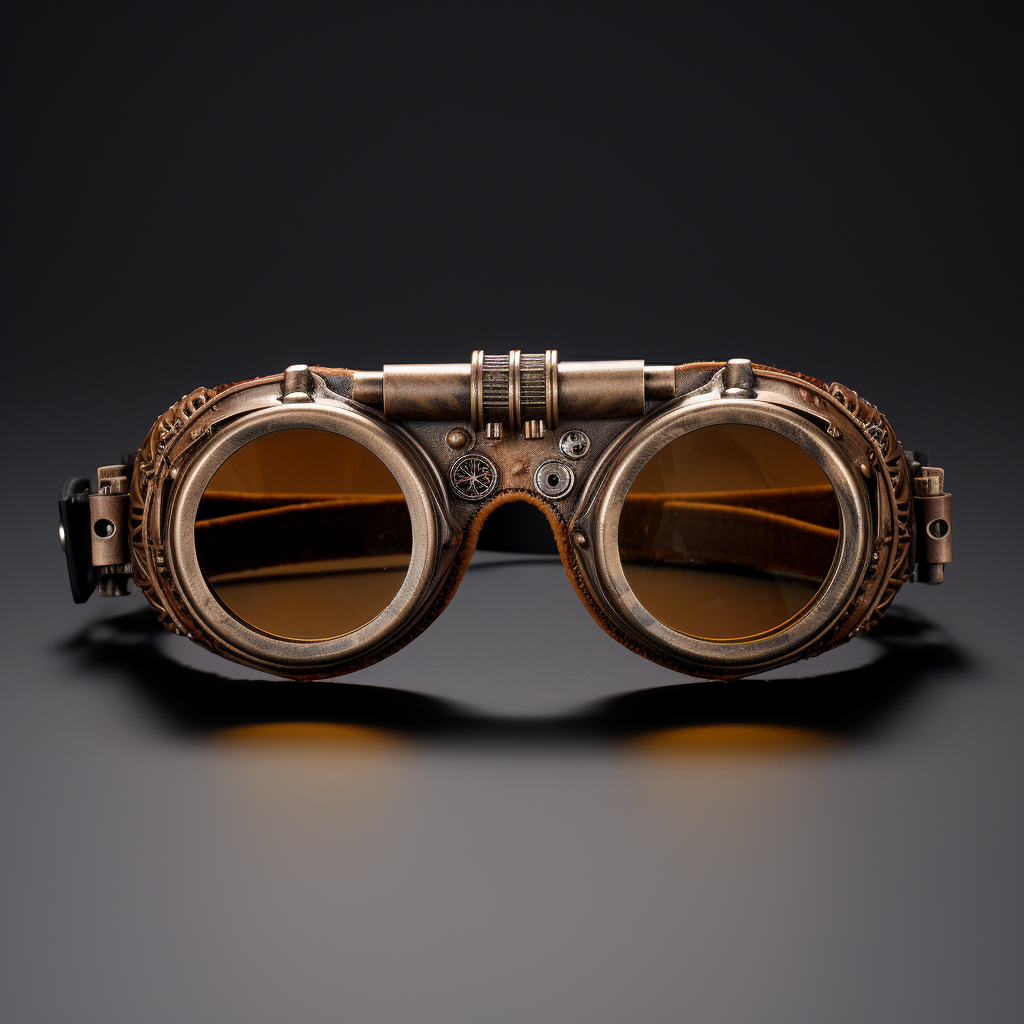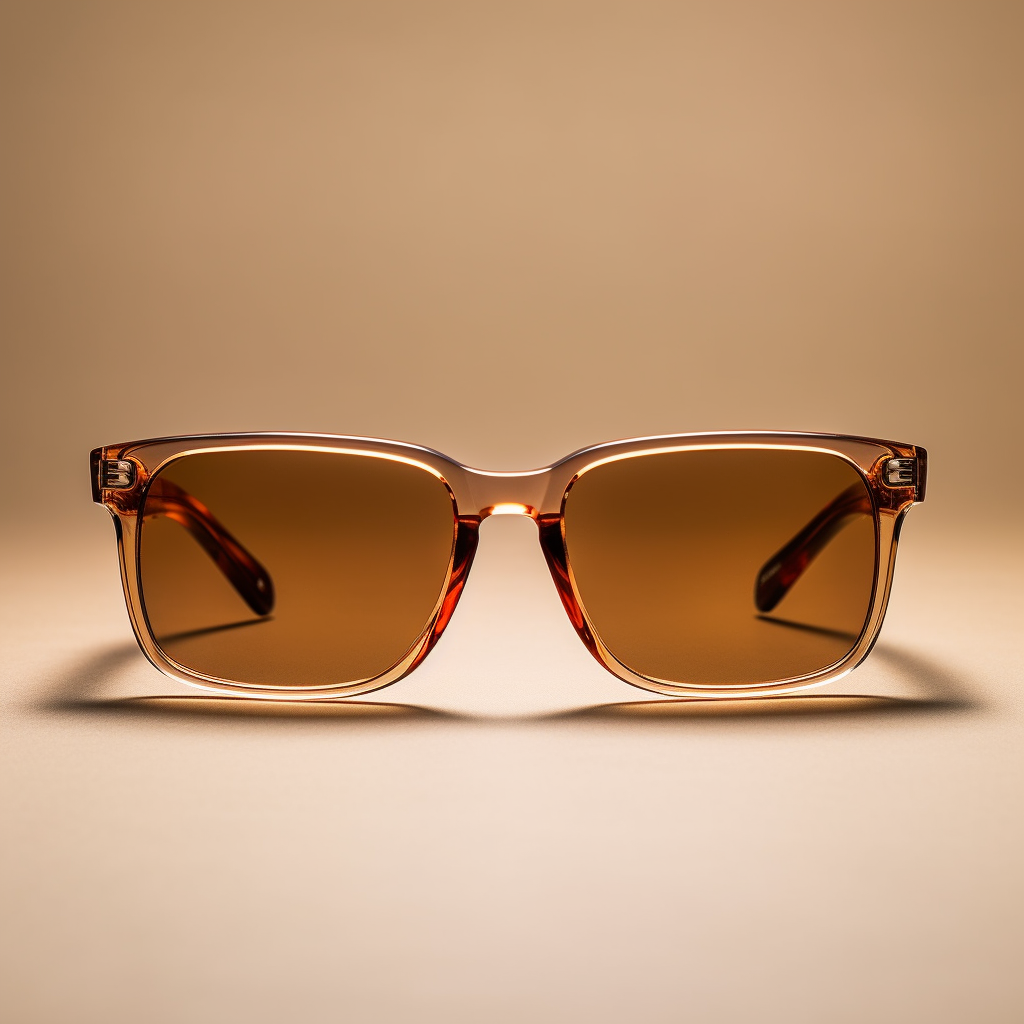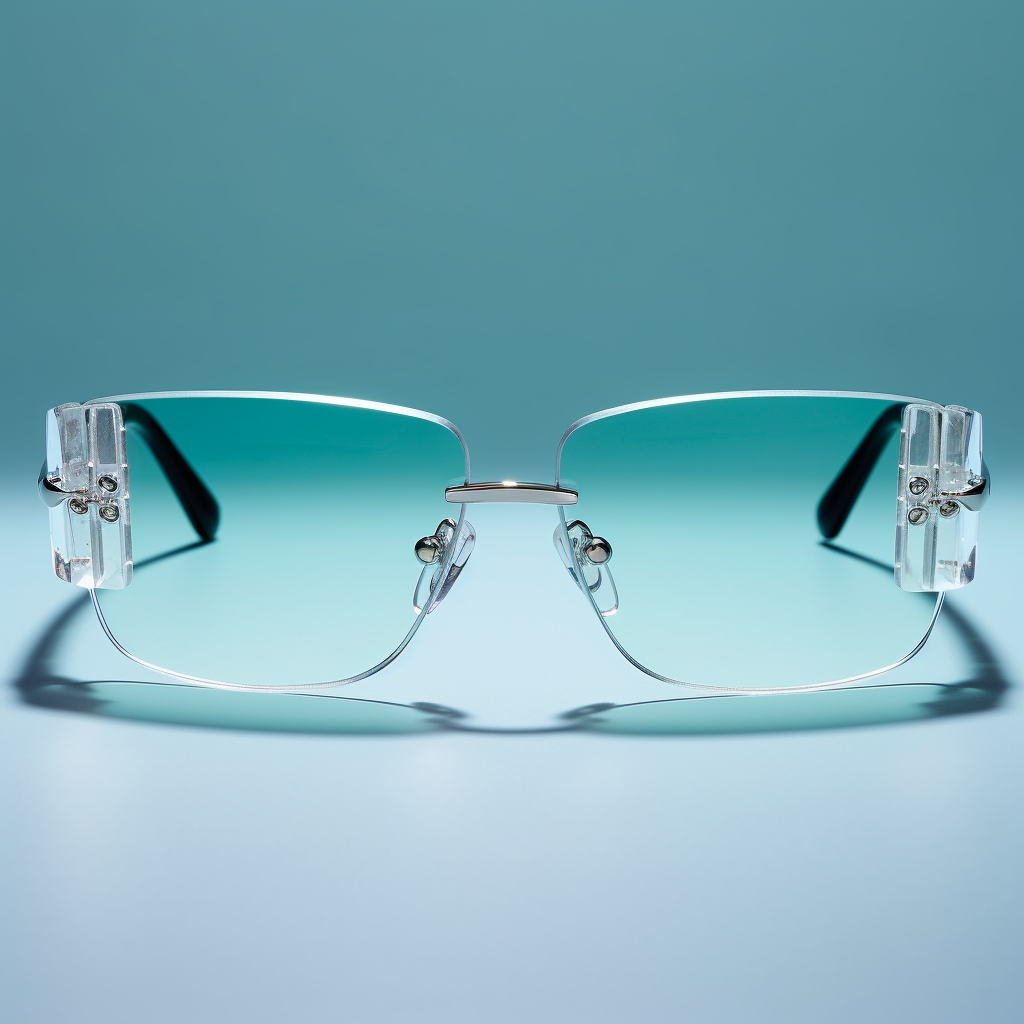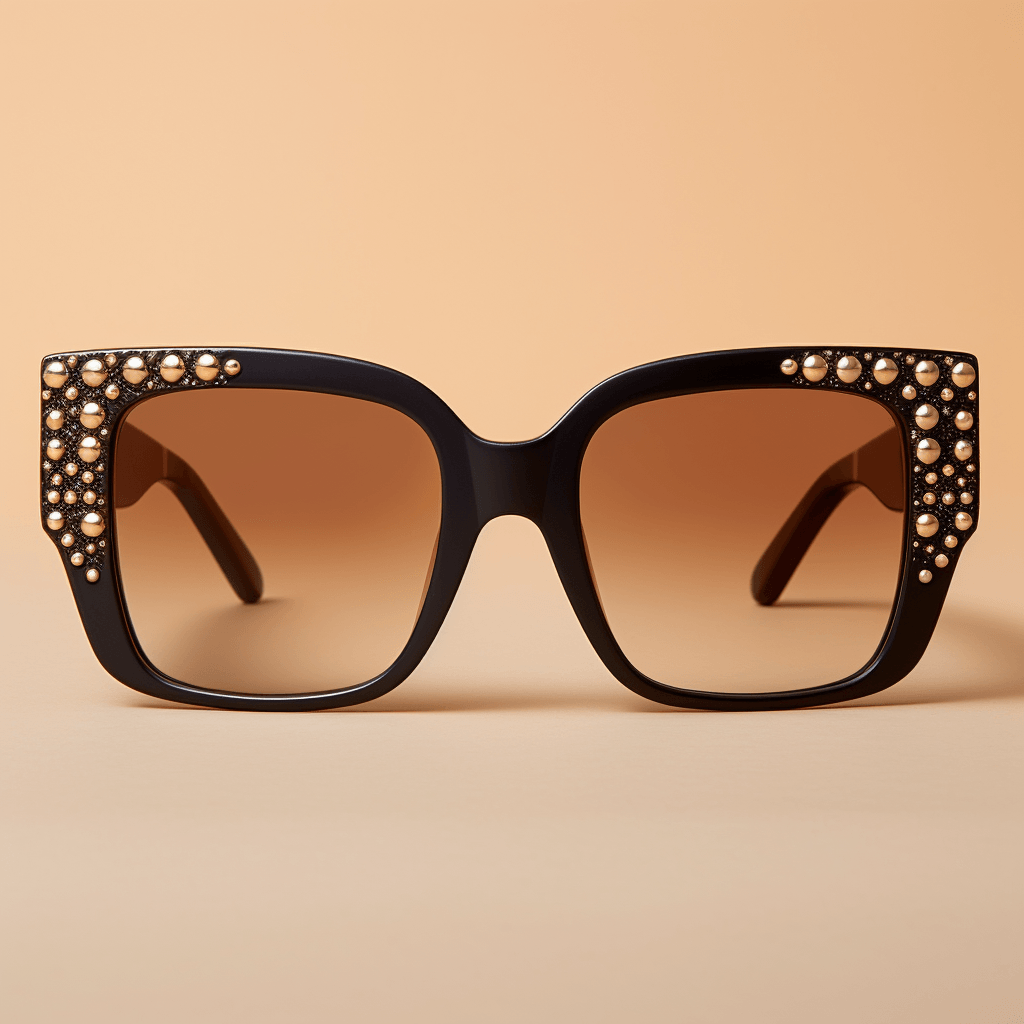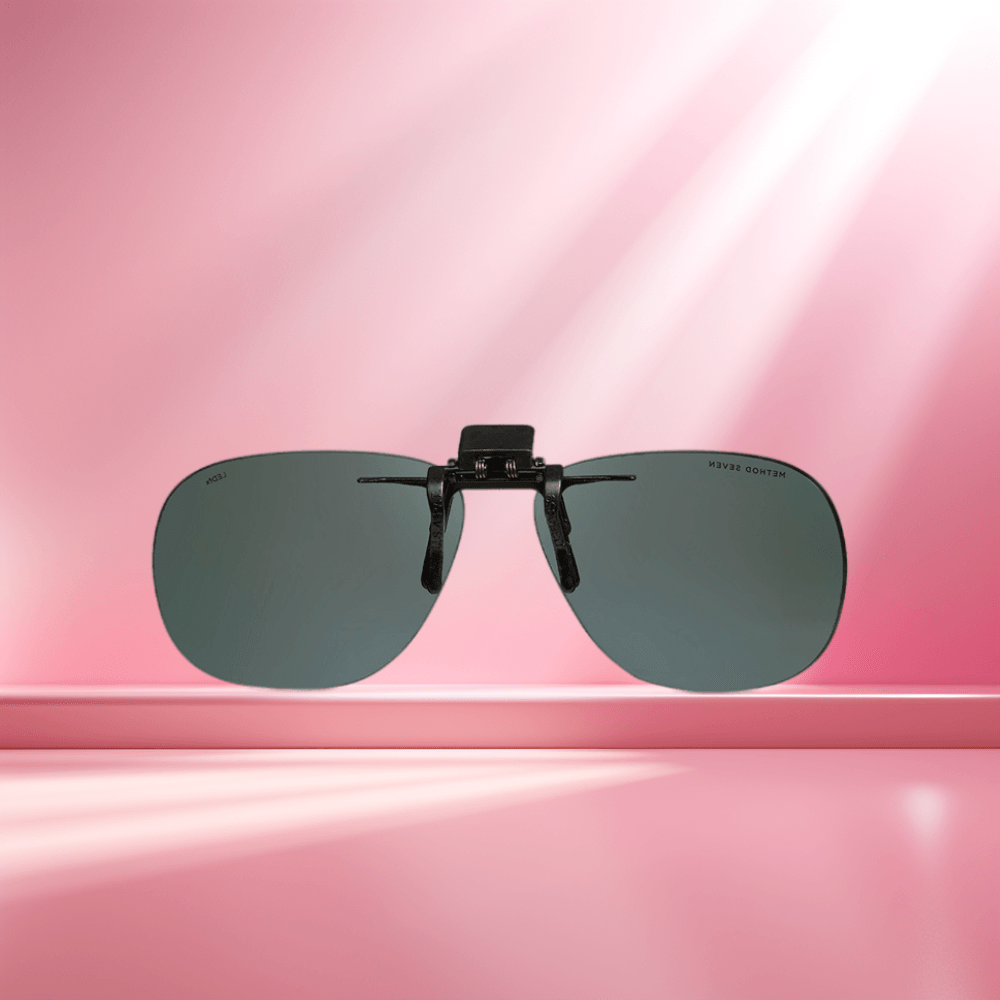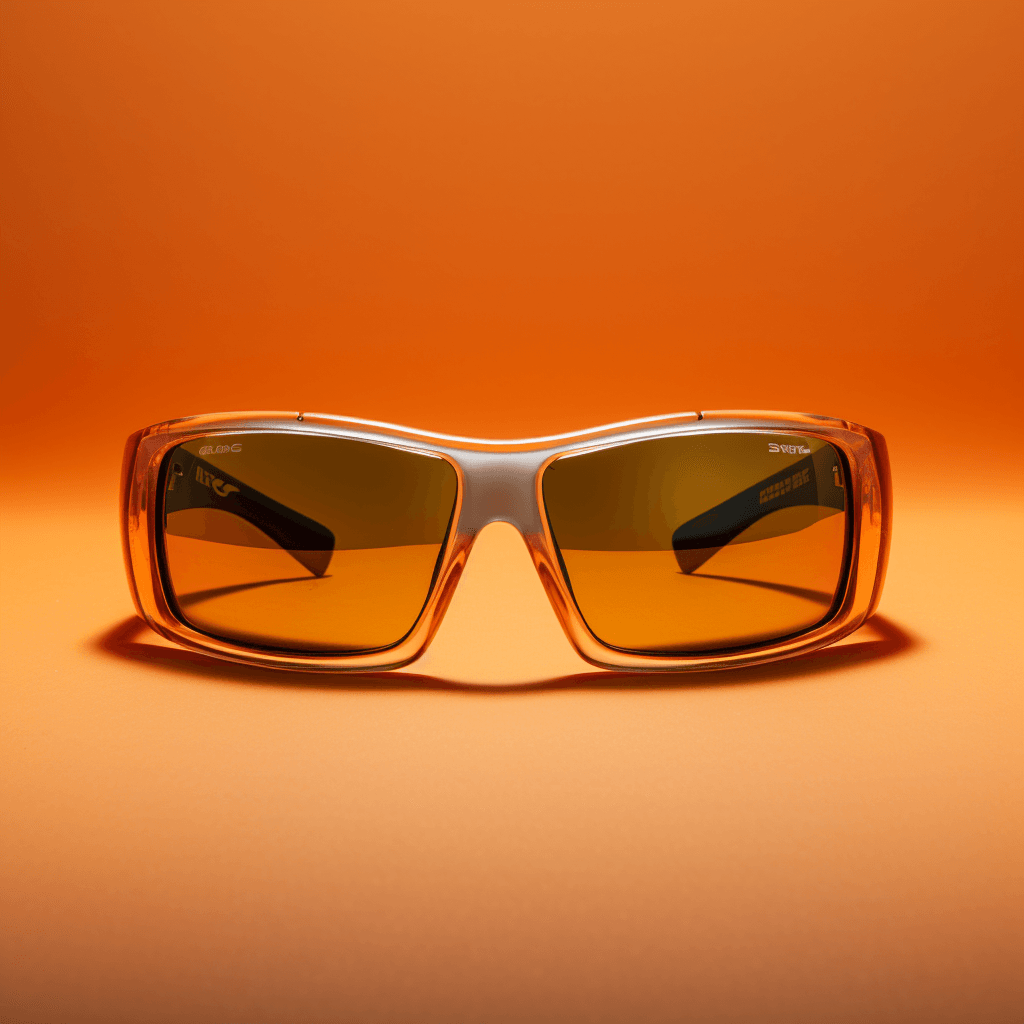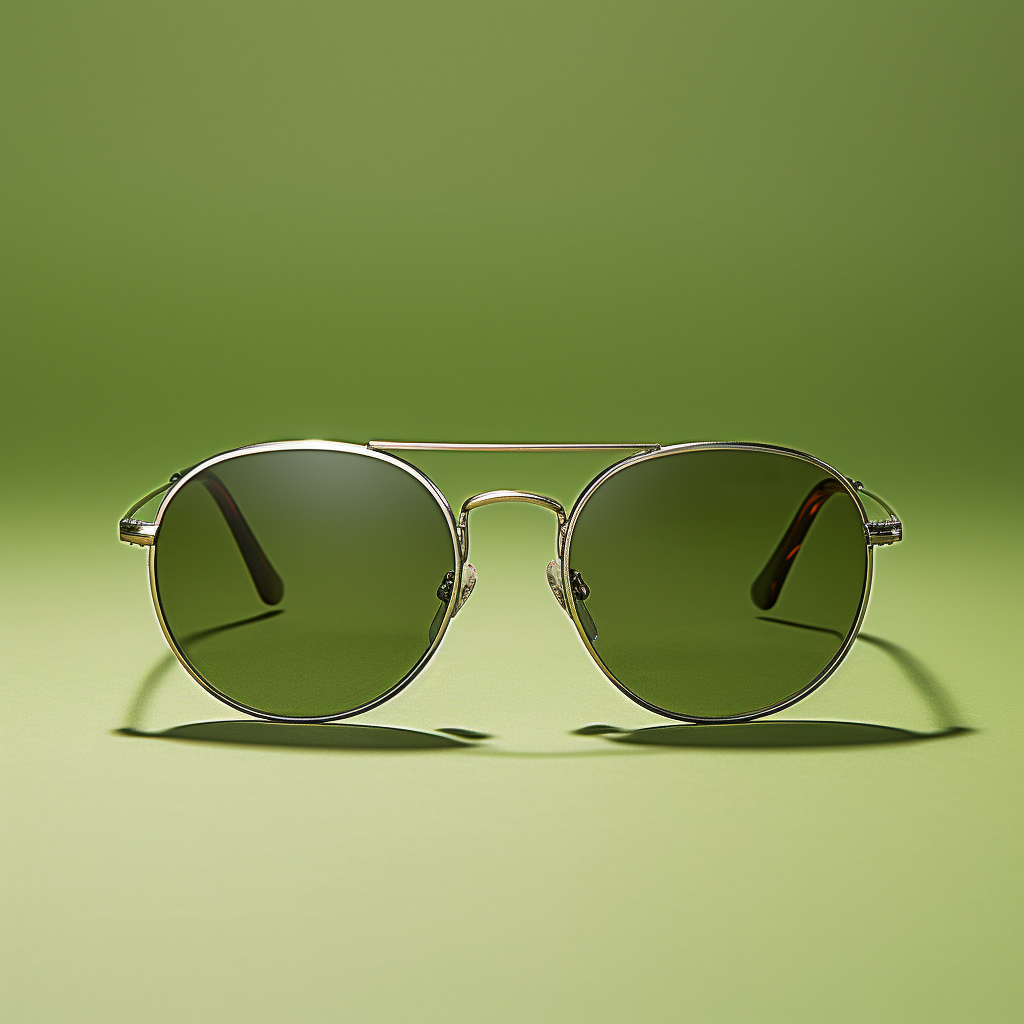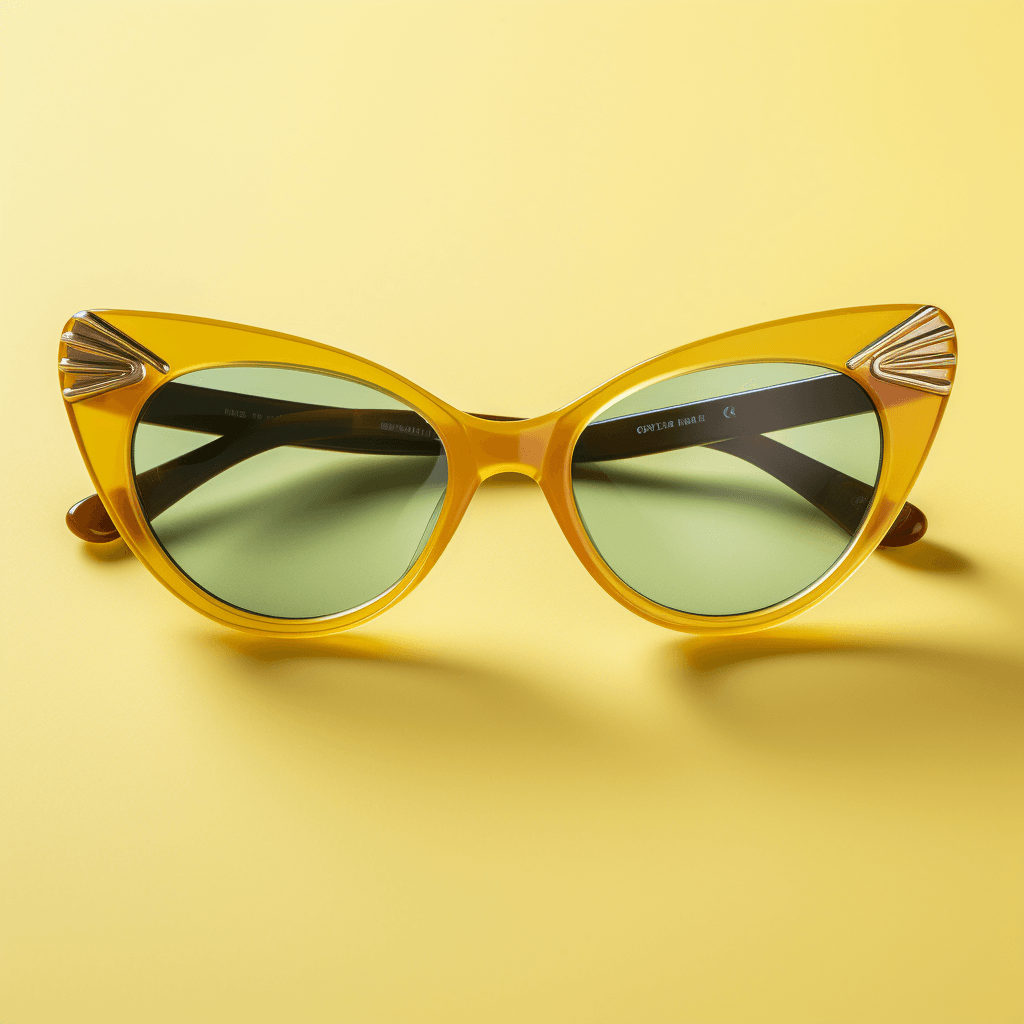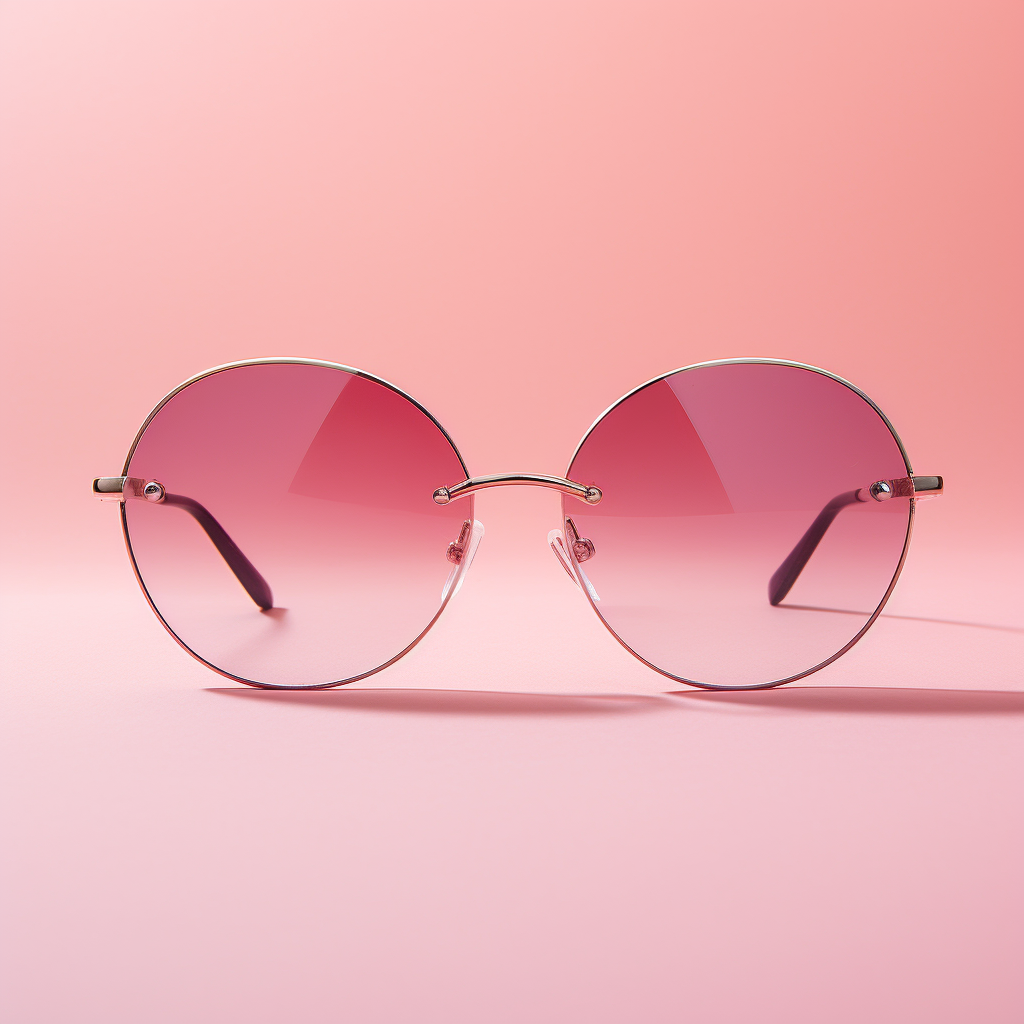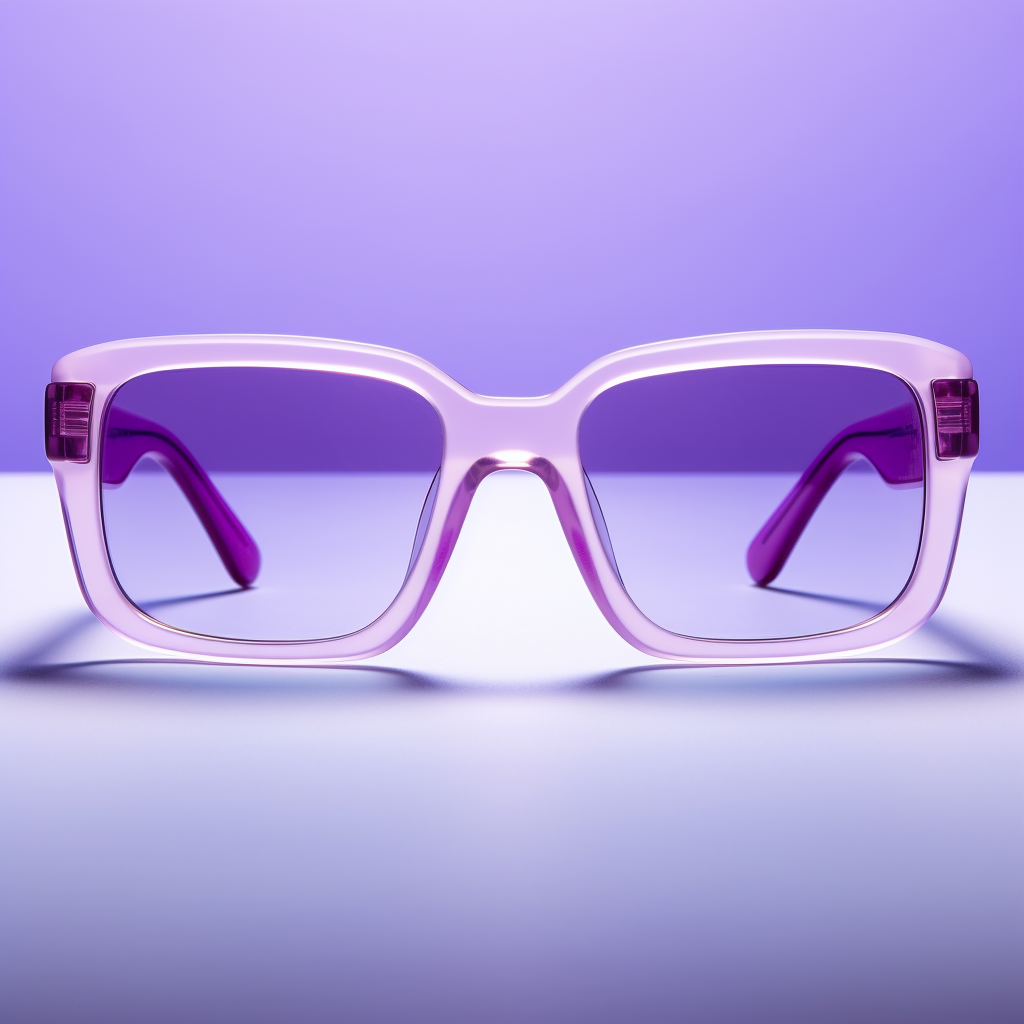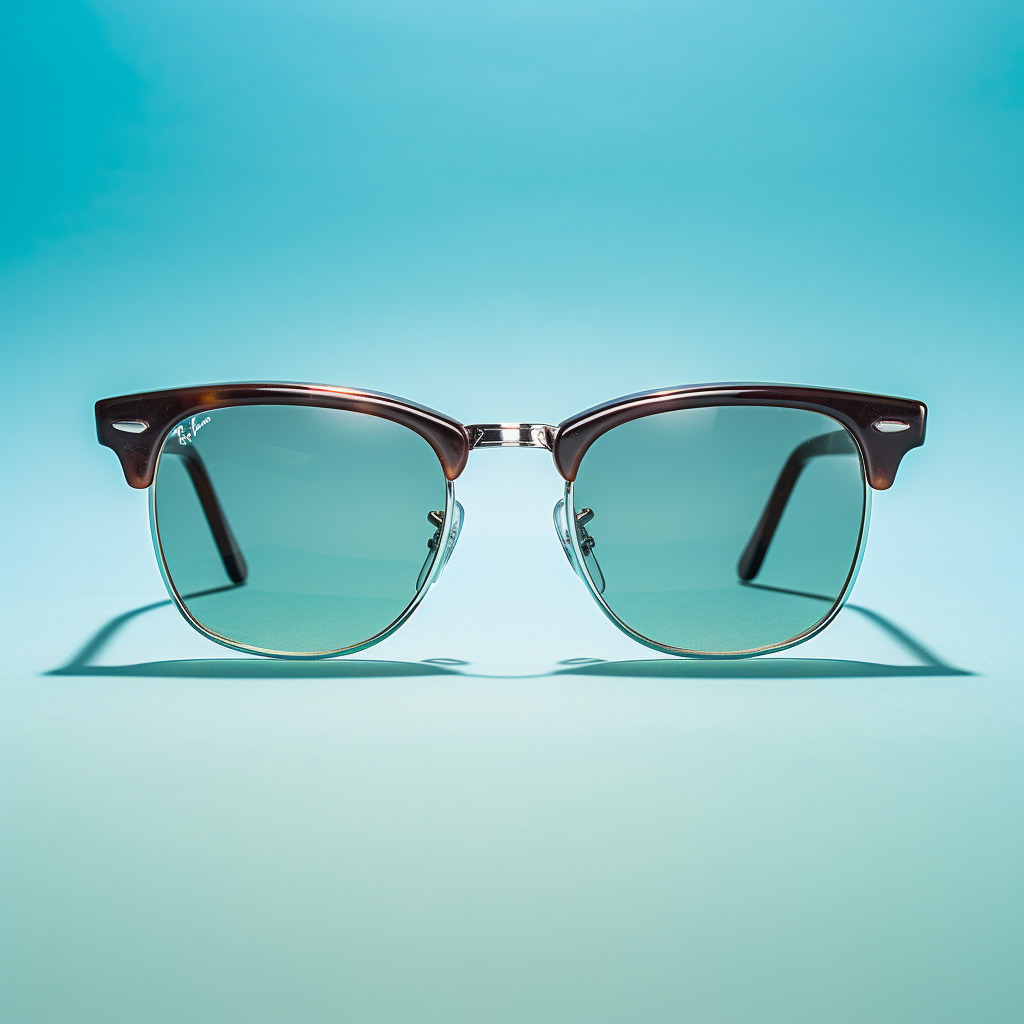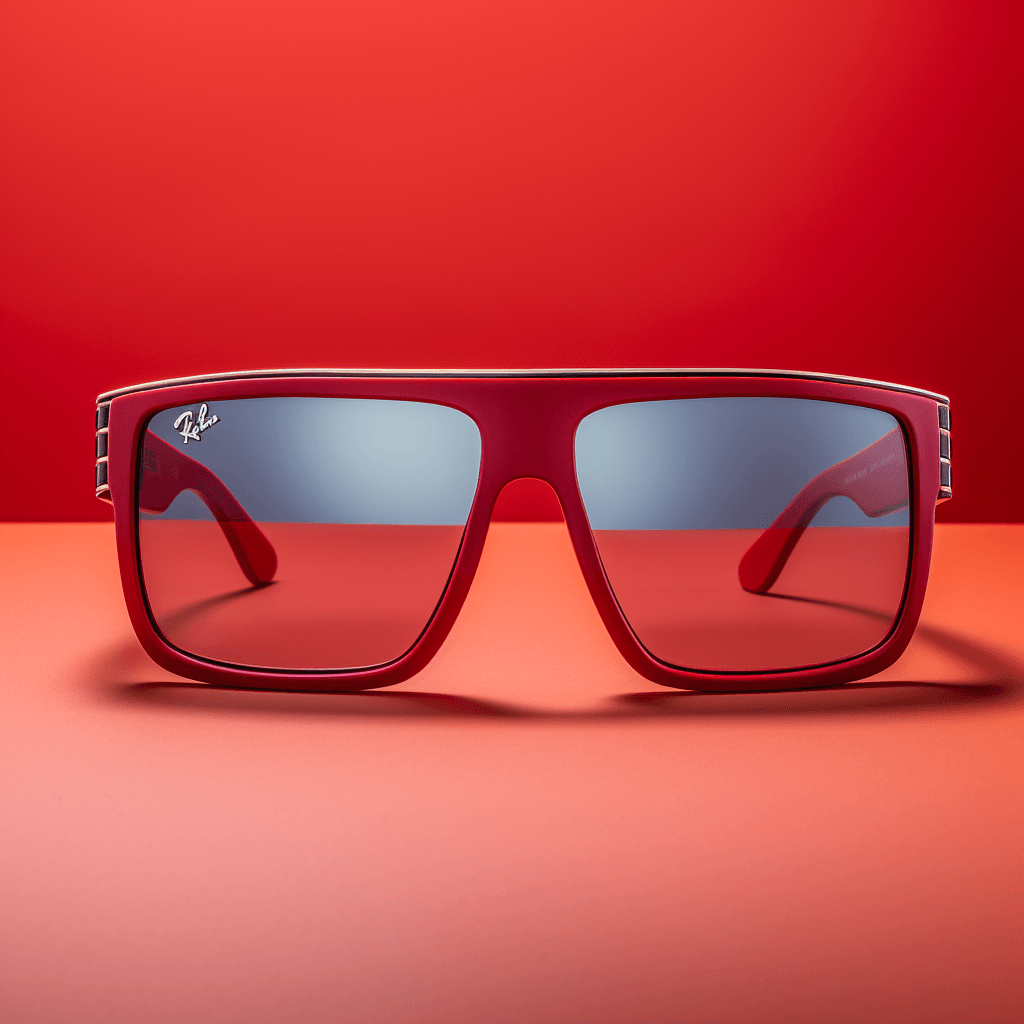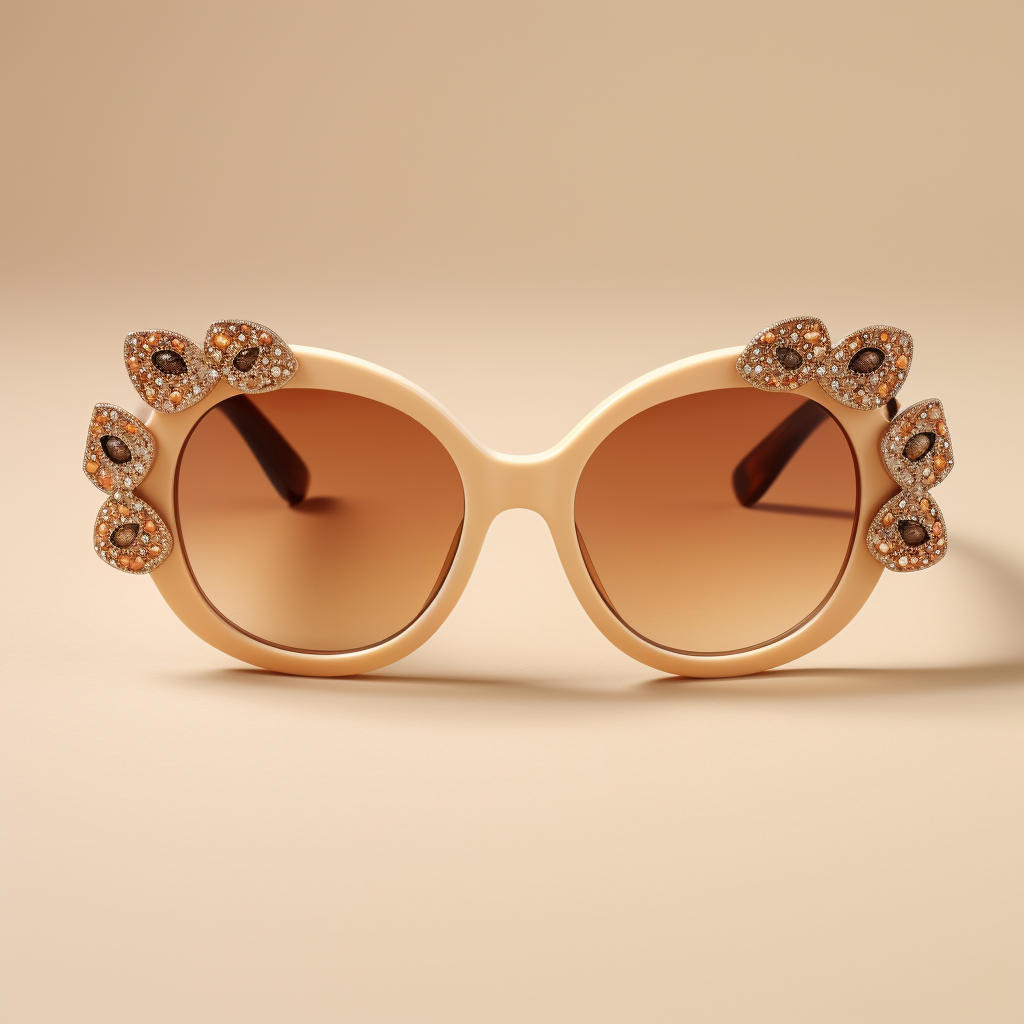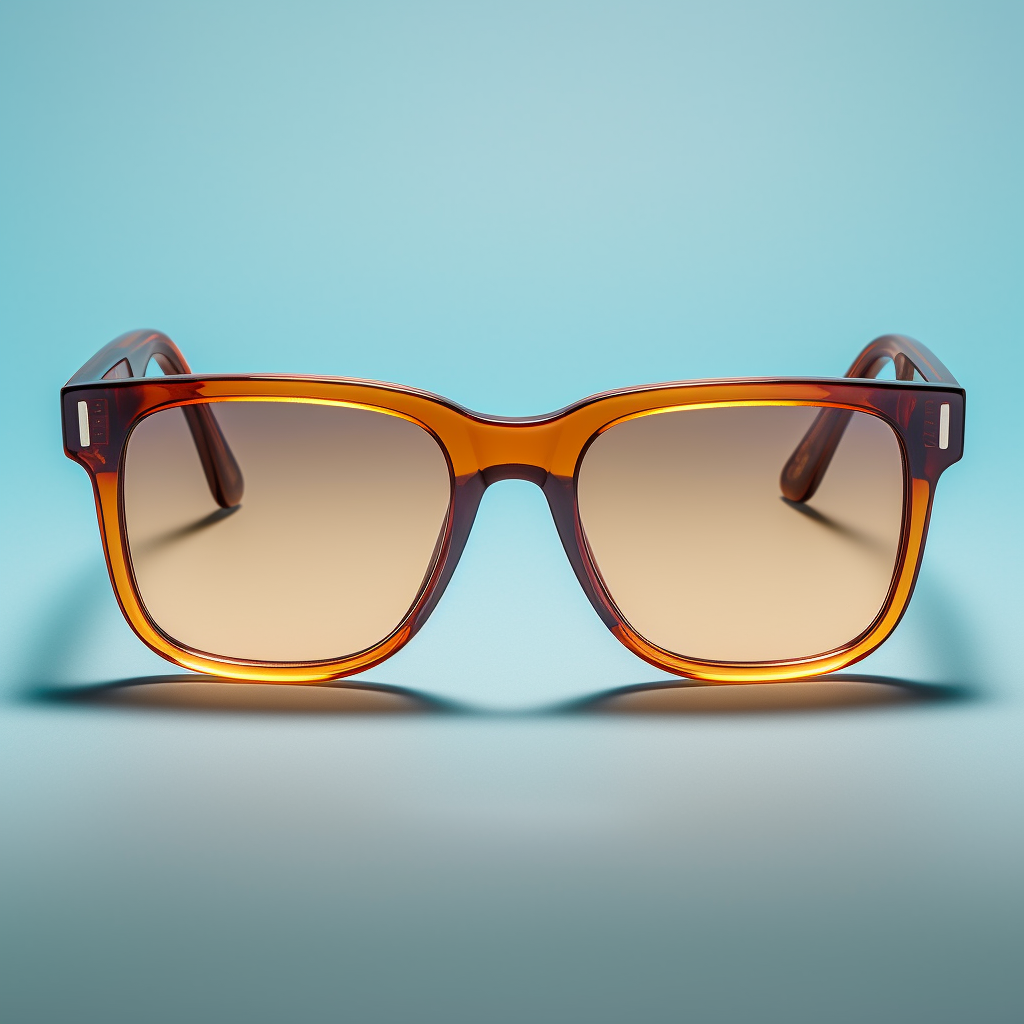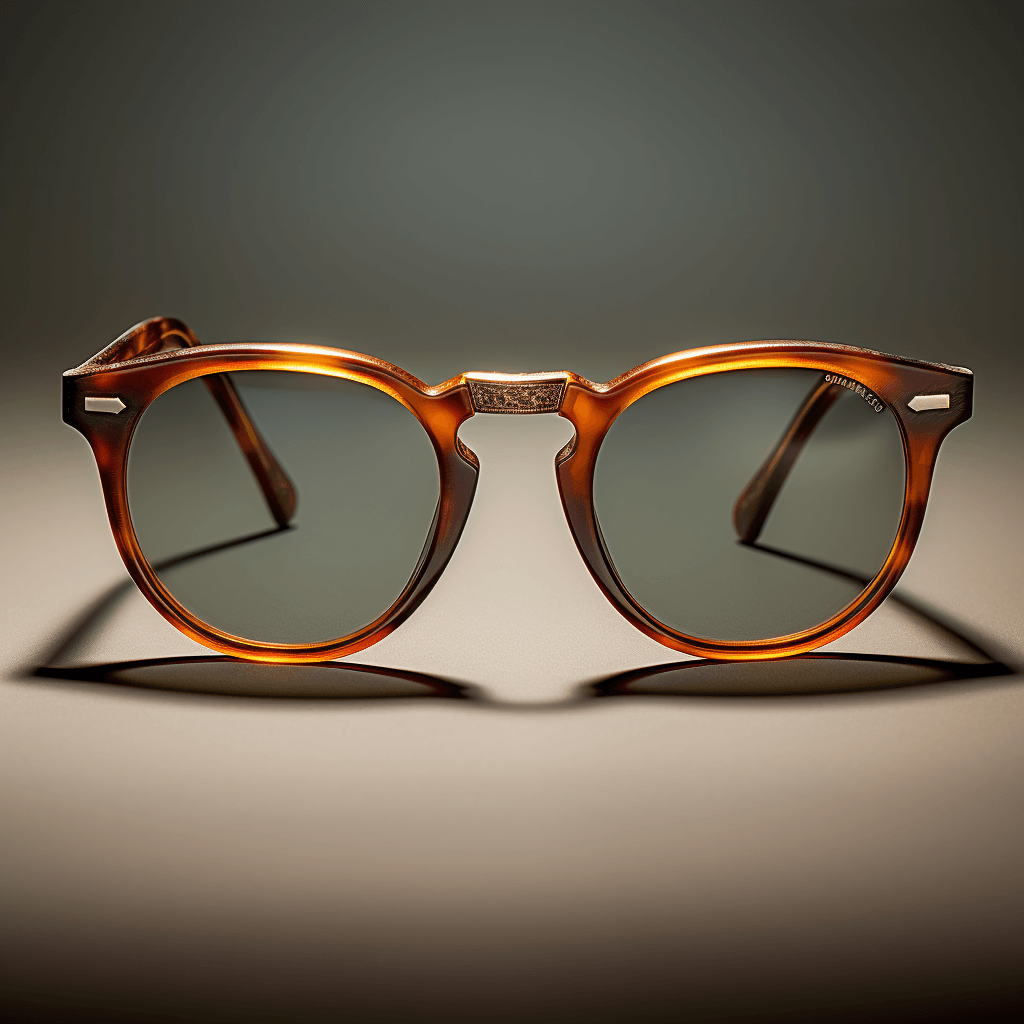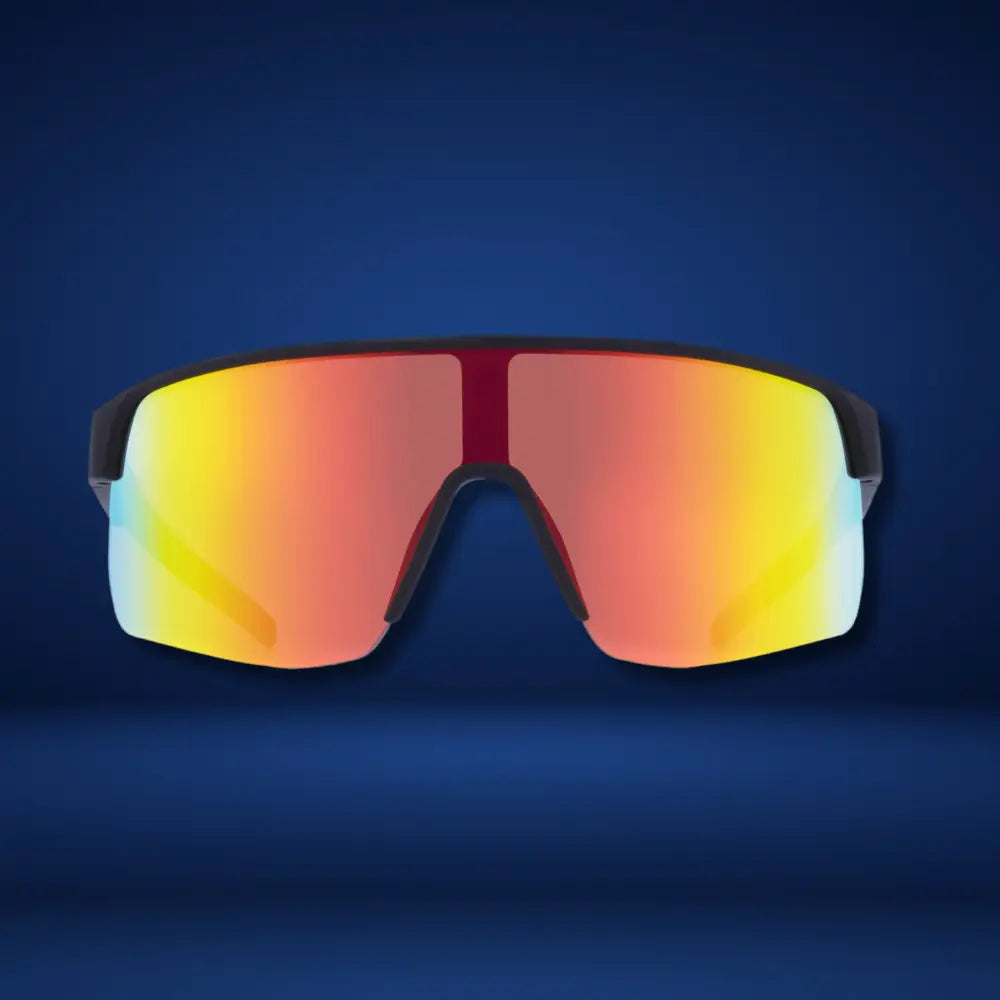
Glare be Gone: The Cutting-Edge Technology Behind Polarized Sunglasses
Share
Polarized sunglasses are not just a fashion statement; they are a technological marvel that enhances our vision and protects our eyes. The science behind polarization filters out glare, improves contrast, and offers a clearer view of the world. This article delves into the intricacies of polarized lenses, tracing their evolution from simple sun blockers to sophisticated vision enhancers. We'll explore what to look for when choosing polarized sunglasses and discuss their practical benefits in various real-world scenarios. Additionally, we'll provide essential tips for maintaining your polarized shades to ensure longevity and performance.
Key Takeaways
- Polarized lenses utilize a special filter that blocks horizontally polarized light, significantly reducing glare and improving visual clarity.
- The development of polarized sunglasses has evolved from basic tinted lenses to advanced eyewear that combines UV protection with polarization.
- When selecting polarized sunglasses, it's important to consider lens quality, material, UV protection, and how well they blend style with functionality.
- The real-world benefits of polarized lenses are vast, enhancing vision for activities such as boating, fishing, driving, and outdoor sports.
- Proper care, including regular cleaning, safe storage, and awareness of when to replace lenses, is crucial to maintaining the effectiveness of polarized sunglasses.
Seeing Clearly Now: The Science of Polarization

What is Polarized Light?
Imagine light as a wild, energetic kid running in all directions. Now, think of polarized light as that same kid, but running in a straight, orderly line. Polarized light waves move in a single plane, whether it's horizontal, vertical, or at an angle. This is different from regular light, which vibrates in multiple planes.
- Regular light: Vibrates in all directions
- Polarized light: Vibrates in one direction
Polarization is a light wave phenomenon that has been harnessed to reduce glare and improve visibility.
When light reflects off surfaces like water or roads, it becomes polarized, often leading to glare. This glare can be distracting and even dangerous in certain situations. Polarized sunglasses are designed to filter out this type of light, allowing for clearer and more comfortable vision.
The Magic of Polarization Filters
Imagine a picky bouncer at a club, but for light. That's essentially what polarization filters do; they only let in light that matches their strict criteria. These filters contain microscopic lines that act like tiny barriers, allowing only light waves aligned in a certain direction to pass through. This selective process is what gives polarized sunglasses their superpower to reduce glare.
The result is a world with less glare and sharper details, especially handy when you're around water or snow, where reflected light can be particularly blinding. But not all polarization is created equal. Here's a quick rundown of what makes a top-notch polarized filter:
- Quality of the filter material
- Precision of the polarization alignment
- Durability to withstand the elements
Remember, while polarization can dramatically reduce glare, it doesn't replace UV protection. Always look for sunglasses that offer both for the best eye care.
Polarization vs. Regular Tint: What's the Difference?
When you slip on a pair of black sunglasses, you might not think about the tech behind those cool shades. But not all sunglasses are created equal. Polarized lenses are like a secret agent working to eliminate glare, while regular tinted lenses simply reduce overall brightness.
- Polarized Lenses: Reduce glare from horizontal surfaces, enhance contrast, and improve visual clarity.
- Regular Tint: Diminish light intensity, provide some UV protection, but do little to combat harsh glare.
Polarized sunglasses aren't just about looking good—they're about seeing better. Unlike regular tint, which uniformly dims your view, polarization selectively filters out the blinding light that bounces off reflective surfaces.
Remember, when choosing between polarization and regular tint, it's not just about the darkness of the lens. It's about the quality of your vision in the bright light of day.
From Glare to Glam: The Evolution of Polarized Lenses

The Early Days of Sunnies
Long before the sleek designs and advanced materials we see today, sunglasses had a more humble beginning. The concept of sunnies dates back to prehistoric times when Inuit people wore flattened walrus ivory with narrow slits to protect their eyes from the harsh Arctic sun. Fast forward to the 12th century, and the Chinese were using smoky quartz lenses to shield their eyes from glare.
The real game-changer came in the 20th century, when the film industry's influence popularized sunglasses as a fashion statement. It wasn't just about protection anymore; it was about style. Celebrities were often seen donning shades, which led to a surge in public interest.
Polarized sunglasses, however, took this utility to the next level. They were not just another accessory but a tool to combat the blinding reflections from water and road surfaces. This innovation marked the beginning of a new era in eyewear.
While the early sunglasses served their purpose, the introduction of polarization revolutionized the way we experience the outdoors. It was no longer just about dimming the sunlight but selectively filtering it to enhance visual clarity and comfort.
- The Inuit's slit goggles
- Smoky quartz lenses in China
- 20th-century fashion influence
- The rise of polarized technology
Technological Breakthroughs in Lens Design
As the quest for the perfect pair of shades continued, the 20th century witnessed some remarkable advancements in lens technology. Designers and scientists collaborated to create lenses that weren't just about looks but also about enhancing visual clarity and comfort. One of the most notable innovations was the introduction of polarized lenses, which significantly reduced glare and improved vision in bright conditions.
Pink sunglasses may not be the first thing that comes to mind when thinking about high-tech eyewear, but they too have benefited from these advancements. With improved coatings and manufacturing techniques, even fashion-forward shades offer superior protection and polarization.
- Enhanced scratch resistance
- Better glare reduction
- Increased UV protection
The right pair of polarized sunglasses can transform your outdoor experience, turning squinty discomfort into relaxed, clear-sighted enjoyment.
How Modern Polarized Sunglasses Came to Be
The journey from the early days of sun protection to the sleek, high-tech polarized sunglasses we know today is nothing short of remarkable. Innovation in materials and manufacturing processes has played a pivotal role in this evolution. Today's polarized lenses are not only more effective at reducing glare but also come in a variety of styles and shapes to suit every face and occasion.
Modern polarized sunglasses are a testament to the fusion of fashion and function. They offer enhanced visual clarity and comfort, making them a staple for anyone who spends time outdoors. Whether you're driving, fishing, or just enjoying a sunny day, these sunglasses ensure you do it in style and without the squint.
The real magic lies in the microscopic layers of the polarizing film within the lenses, which are now designed to be incredibly thin yet durable.
When shopping for the latest in polarized eyewear, consider checking out online stores. Many offer a wide selection of options with the convenience of free worldwide shipping. Some even have special deals like 'buy 3, get 1 free', making it easy to stock up on various designs, including retro, vintage, and sports models.
Choosing Your Shades: What to Look for in Polarized Sunglasses

Lens Quality and Material Matters
When it comes to polarized sunglasses, not all lenses are created equal. The quality of the lens can significantly affect your vision, comfort, and the sunglasses' durability. High-quality lenses not only provide better clarity and color fidelity but also tend to be more scratch-resistant, ensuring that your view remains unobstructed over time.
Sports sunglasses, for instance, need to withstand the dynamic conditions of outdoor activities. The material of the lens plays a crucial role here. Polycarbonate lenses are lightweight and impact-resistant, making them ideal for sports enthusiasts. On the other hand, glass lenses offer superior optical clarity but can be heavier and more prone to shattering upon impact.
Remember, the right lens material can make a world of difference in your visual experience. Choose wisely based on your lifestyle and the activities you engage in most.
Here's a quick rundown of common lens materials and their key attributes:
- Polycarbonate: Impact-resistant, lightweight, excellent for active use
- Glass: Best optical clarity, scratch-resistant, heavier
- Acrylic: Cost-effective, less durable, suitable for casual wear
- Polyurethane: Optimal clarity and impact resistance, more expensive
UV Protection and Polarization: The Dynamic Duo
When it comes to safeguarding your eyes, polarized lenses and UV protection go hand in hand. Both are essential for the ultimate eye defense against harmful rays. While polarization reduces glare from reflective surfaces, UV protection shields your eyes from the invisible dangers of the sun's ultraviolet radiation.
Remember, not all sunglasses offer 100% UV protection, even if they are polarized. Always check the label for the level of UV protection provided.
Here's what to look for in your polarized sunglasses to ensure you're getting the best of both worlds:
- UV400 rating, which blocks nearly 100% of UVA and UVB rays.
- Quality of the polarization filter, which should eliminate glare without distorting colors.
- A comfortable fit that ensures the glasses cover your eyes well, preventing UV rays from entering around the frame.
Style and Function: Finding the Perfect Pair
When it comes to polarized sunglasses, you don't have to sacrifice style for function. The perfect pair should complement your face shape and personal style while providing the optimal protection and comfort for your eyes. Finding the right balance is key.
- Consider the frame shape and how it matches your facial features.
- Look for a color that suits your skin tone and wardrobe.
- Ensure the lenses have high-quality polarization for maximum glare reduction.
Remember, the best sunglasses feel as good as they look. They should sit comfortably on your nose and ears without pinching or slipping.
With the vast selection available, especially from an online store offering a variety of sunglasses styles and shapes with free worldwide shipping, you're sure to find a pair that ticks all the boxes. And hey, who can resist a deal like 'Buy 3 items and get 1 free'? Whether you're into retro, vintage, polarized, or sports sunglasses, there's something for everyone.
Polarized Lenses in Action: Real-World Benefits

On the Water: Boating and Fishing with Clear Vision
When you're out on the water, the last thing you want is the sun's glare obstructing your view. Polarized sunglasses are a game-changer for boaters and anglers, providing a clarity that can't be matched by regular shades. The glare from the water's surface is significantly reduced, allowing you to see into the water more easily and navigate your surroundings.
Polarization isn't just about comfort; it's about safety and performance too. With the right pair of sunglasses, you can spot fish movements and underwater hazards that would otherwise be missed. This can make the difference between a good day and a great day on the water.
- Spot fish and underwater features
- Navigate safely avoiding glare
- Enjoy the beauty of the water without squinting
Remember, when choosing polarized sunglasses for boating or fishing, look for lenses that offer high contrast and true color perception. This will ensure you're not just protected from glare, but also seeing the world as it truly is.
Hit the Road: Driving with Less Glare
When you're behind the wheel, the last thing you want is the sun's glare impeding your vision. Polarized sunglasses are a game-changer for drivers, reducing the harsh glare that bounces off the road and other vehicles. This not only improves comfort but also significantly enhances safety by providing clearer vision during sunny conditions.
Rectangle sunglasses are a popular choice among drivers for their wide lenses, offering ample coverage and protection from different angles of sunlight. With polarized lenses, these sunglasses ensure that your drive is not just stylish, but also glare-free.
- Improved visibility in bright conditions
- Reduced eye strain during long drives
- Enhanced contrast and clarity
Remember, while polarized sunglasses are excellent for reducing glare, they should be used with caution during conditions with low light or when driving at night, as they can reduce visibility.
Outdoor Sports: Enhancing Performance with Better Sight
For athletes and outdoor enthusiasts, polarized sunglasses are more than just a fashion statement; they're a crucial tool for performance. The reduction of glare on sunny days can mean the difference between a game-winning catch or a missed shot. With polarized lenses, players can track balls against the sky with greater ease and without the distraction of squinting.
- Improved visual clarity allows for better depth perception and sharper contrasts.
- Reduced eye strain means athletes can play longer without discomfort.
- Enhanced color perception helps in quickly identifying objects or terrain features.
Polarized sunglasses not only improve visual comfort but also can contribute to a safer sporting experience by reducing the risk of sun-related distractions.
Whether you're a professional athlete or a weekend warrior, investing in a quality pair of polarized sunglasses can elevate your game. And for those looking to combine style with function, there's a wide range of options available. An online store offering a variety of sunglasses styles and shapes with free worldwide shipping makes it easy to find the perfect pair. Remember, when you buy three items, you get one free, including options like retro, vintage, and polarized sunglasses.
Caring for Your Polarized Pals: Maintenance Tips

Cleaning and Storage: Keeping Your Lenses Pristine
Keeping your polarized sunglasses in top-notch condition is crucial for maintaining their effectiveness and longevity. Proper cleaning and storage are the cornerstones of sunglass care, ensuring that your view remains crystal clear. For instance, aviator sunglasses, with their large lenses, require regular cleaning to avoid smudges that can distort your vision.
Italics aren't just for style in text; they're also a feature in your sunglasses case. Always store your sunglasses in a hard case with a soft lining to prevent scratches. Here's a simple guide to keeping your lenses pristine:
- Use a microfiber cloth for cleaning; avoid paper towels or clothing that can scratch the lenses.
- Rinse lenses with lukewarm water to remove dust and debris before wiping.
- Apply a small amount of lens cleaning solution, if necessary, to tackle stubborn spots.
Remember, taking care of your sunglasses is as important as choosing the right pair. Regular maintenance not only preserves the quality but also extends the life of your favorite shades.
Scratch and Impact Resistance: Making Your Sunglasses Last
Investing in a pair of polarized sunglasses means you're not just buying a tool to combat glare; you're also getting a companion for your outdoor adventures. To ensure they stand the test of time, it's crucial to consider scratch and impact resistance when making your purchase.
Polarized lenses are often treated with special coatings to resist scratches and withstand impacts. This doesn't just preserve the look of your lenses; it also maintains the integrity of the polarization filter. Here's a quick rundown on how to keep your lenses in top shape:
- Always use a microfiber cloth for cleaning; rough materials can cause scratches.
- Store your sunglasses in a hard case when not in use to protect them from accidental drops.
- Avoid leaving your sunglasses in extreme temperatures, as this can weaken the materials and coatings.
Remember, taking a moment to care for your sunglasses can significantly extend their lifespan and performance.
Lastly, if you're an avid collector or just love having options, check out the latest styles online. There's a variety of shapes and sizes to suit any face, and with deals like 'buy 3, get 1 free', you can have a pair for every occasion without breaking the bank.
When to Replace: Signs Your Polarized Lenses Need an Update
Even the most cherished wayfarer sunglasses aren't immune to the wear and tear of daily life. Knowing when to replace your polarized lenses is key to maintaining optimal vision and style. Here are a few telltale signs that it's time to update your shades:
- Scratches or cracks in the lenses
- Peeling or bubbling of the polarization film
- Frame damage or deformation
- Noticeable reduction in glare reduction
- Changes in vision or discomfort while wearing
Remember, your eyes deserve the best protection and clarity. If your sunglasses are showing any of these signs, consider it a nudge to start shopping for a new pair. After all, keeping your vision clear is about more than just seeing—it's about fully experiencing the world around you.
Keep your polarized sunglasses in pristine condition with our expert maintenance tips. From cleaning to storage, we've got you covered. Don't forget to visit our website for more detailed guides and to explore our latest collection of polarized eyewear. Make sure your shades are always ready for your next sunny adventure!
Conclusion
In the end, polarized sunglasses are more than just a fashion statement—they're a testament to human ingenuity in enhancing our visual experience. From reducing glare to improving clarity and contrast, these shades have revolutionized the way we interact with the world on sunny days. Whether you're an avid angler, a road trip enthusiast, or simply someone who enjoys a clear view, the technology behind polarized sunglasses has got your back. So, the next time you step outside and the sun is beaming down, slip on a pair of these high-tech spectacles and enjoy the view without the squint. After all, it's not just about seeing the world—it's about seeing it in its best light.
Frequently Asked Questions
How do polarized sunglasses reduce glare?
Polarized sunglasses are equipped with a special filter that blocks horizontally polarized light, which is the type of light that typically creates glare from surfaces like water or roads. This filter allows only vertically polarized light to pass through, significantly reducing glare and improving visual clarity.
Can polarized sunglasses help with eye strain?
Yes, polarized sunglasses can help reduce eye strain by cutting down on the harsh glare from sunlight that can cause squinting and discomfort, especially during outdoor activities.
Are all polarized sunglasses equally effective?
No, the effectiveness of polarized sunglasses can vary based on the quality of the lenses and the polarization technology used. It's important to choose sunglasses with high-quality polarization to ensure maximum glare reduction and UV protection.
Do polarized lenses block UV rays?
Polarization itself does not block UV rays. However, most polarized lenses are combined with UV-blocking coatings to provide comprehensive protection against harmful ultraviolet radiation.
Can I wear polarized sunglasses while driving?
Yes, polarized sunglasses are actually beneficial for driving as they reduce glare from the road and other vehicles, which can improve comfort and visibility. However, caution should be exercised when viewing certain digital screens or dashboards that may appear dimmed through polarized lenses.
How can I tell if my sunglasses are truly polarized?
To test if your sunglasses are polarized, look at a reflective surface with your sunglasses on. Rotate the glasses at different angles. If the glare diminishes or increases in intensity at certain angles, your sunglasses are likely polarized. Some sunglasses also come with a polarized test card to confirm their polarization.

